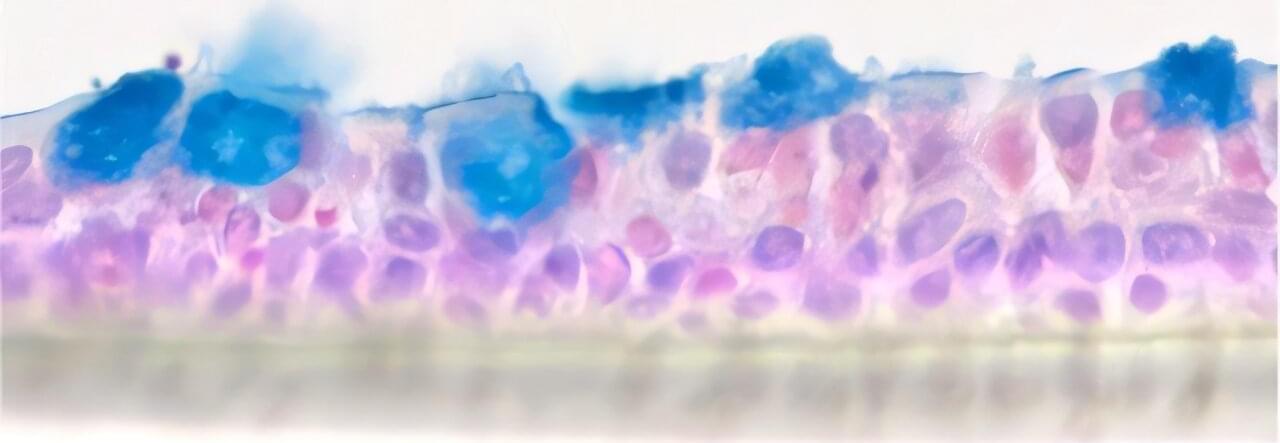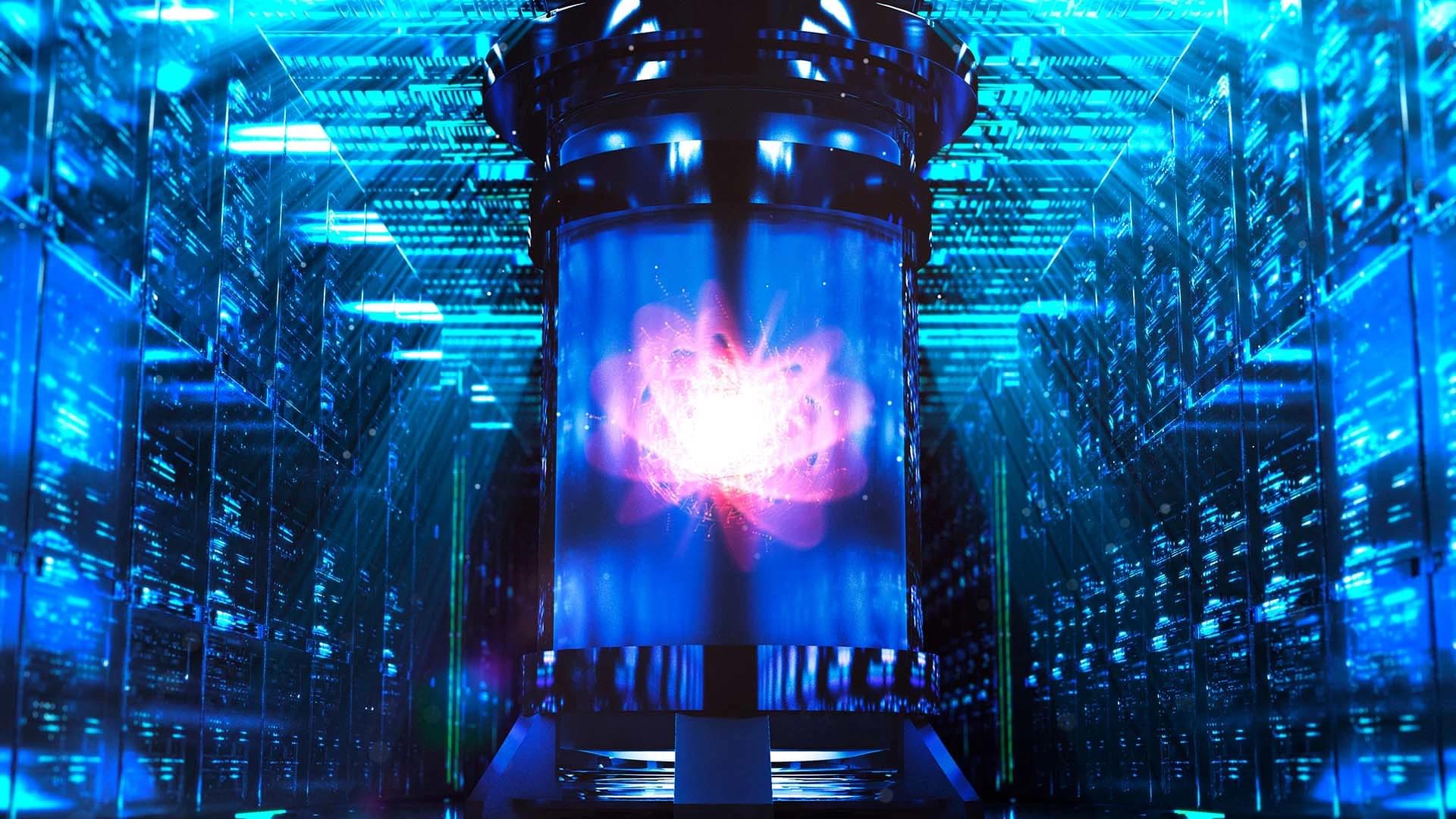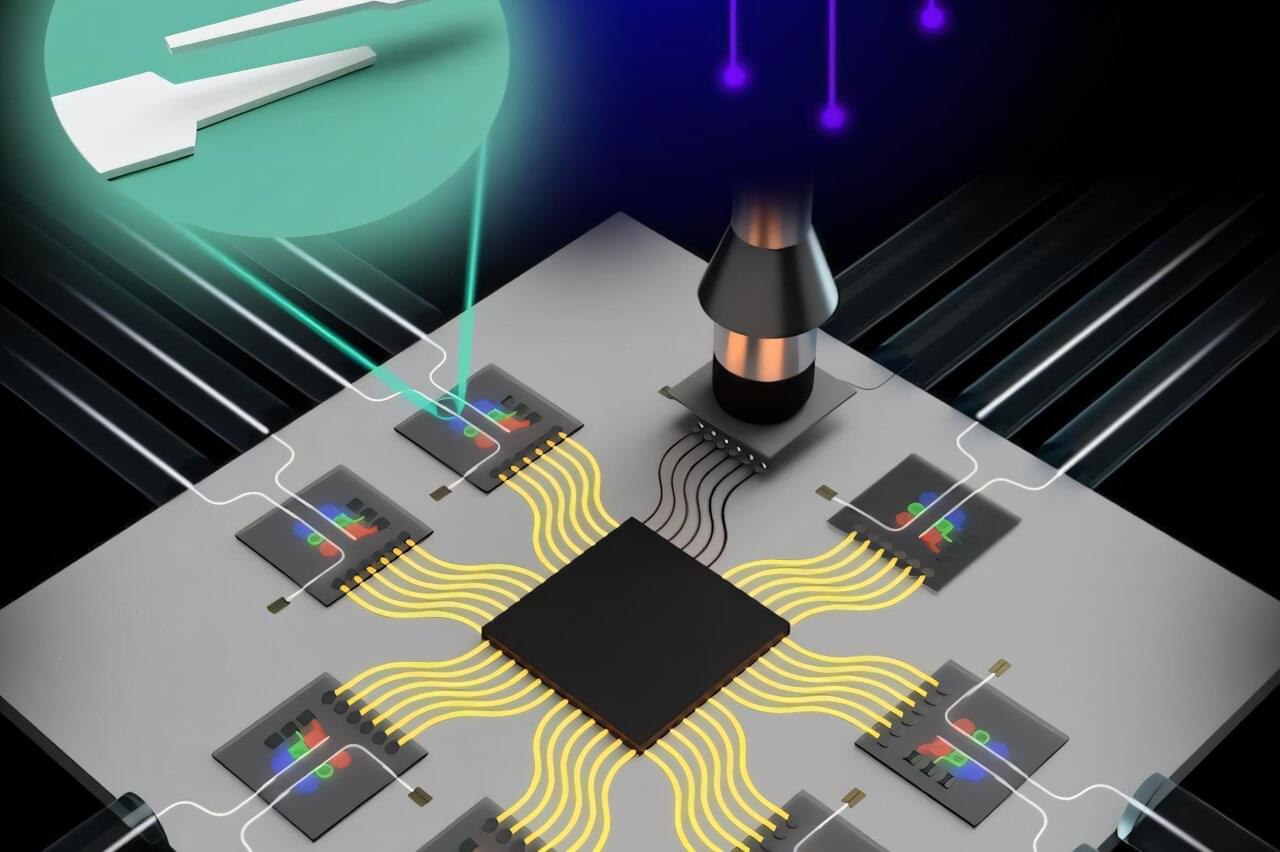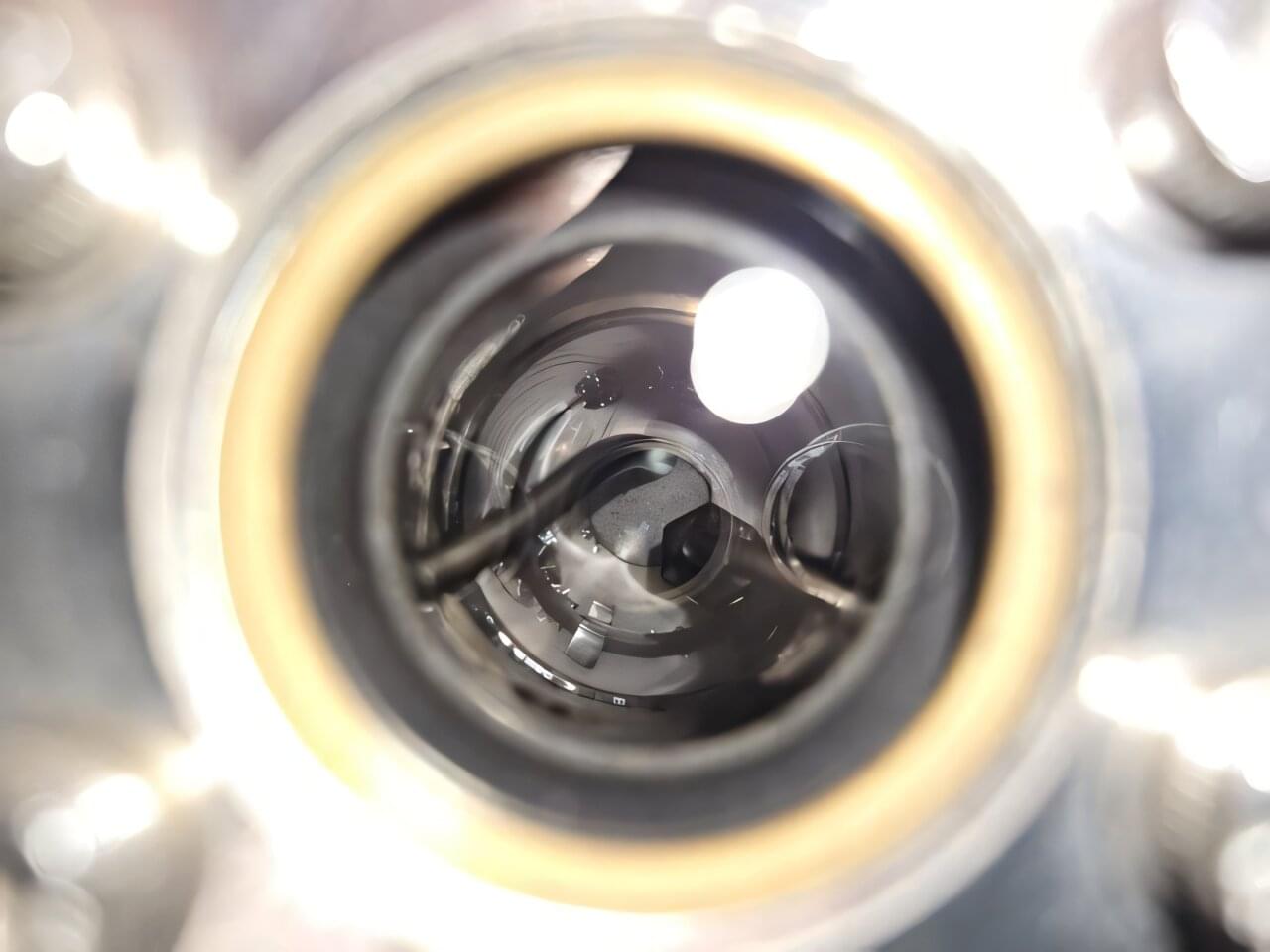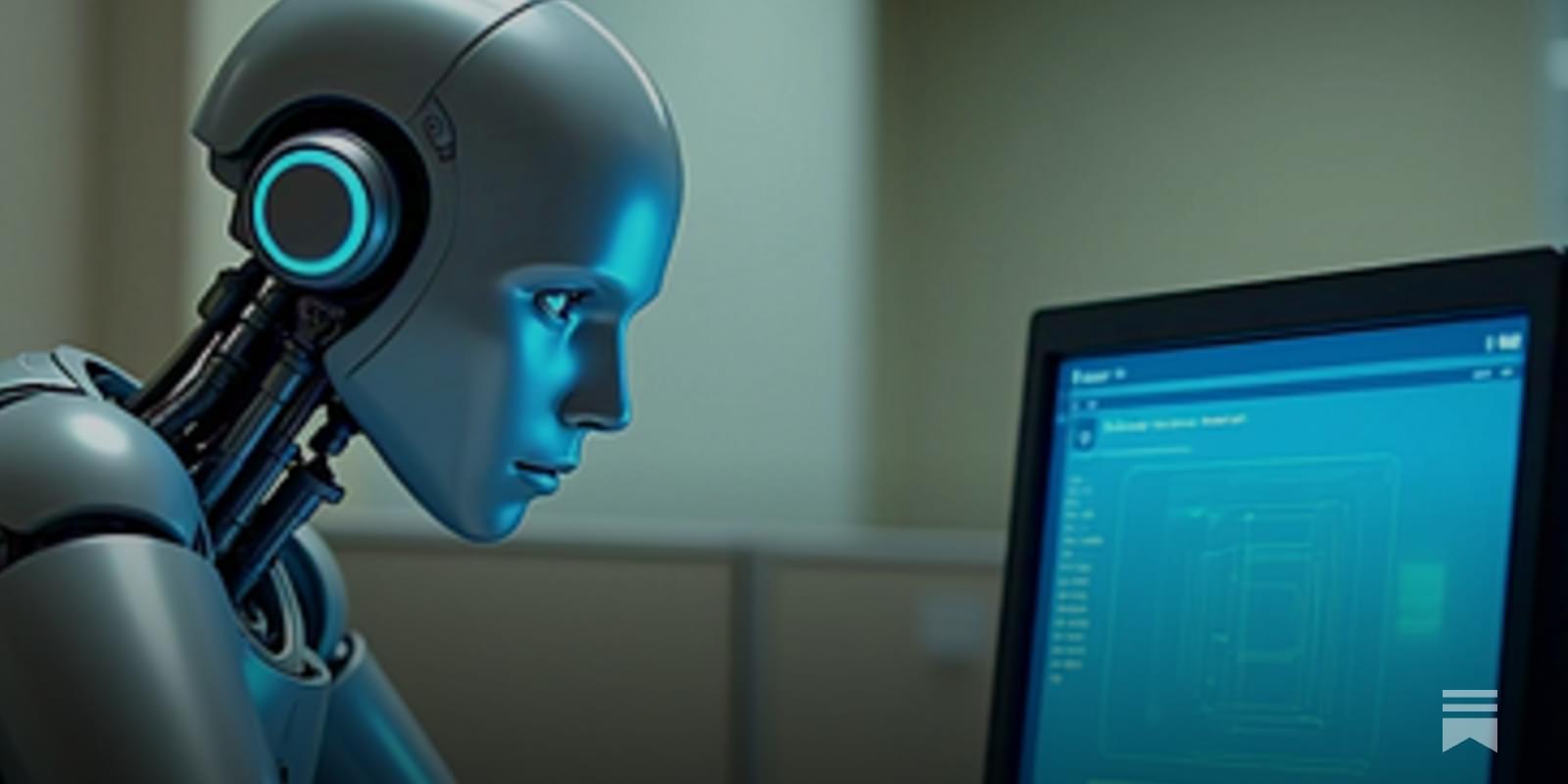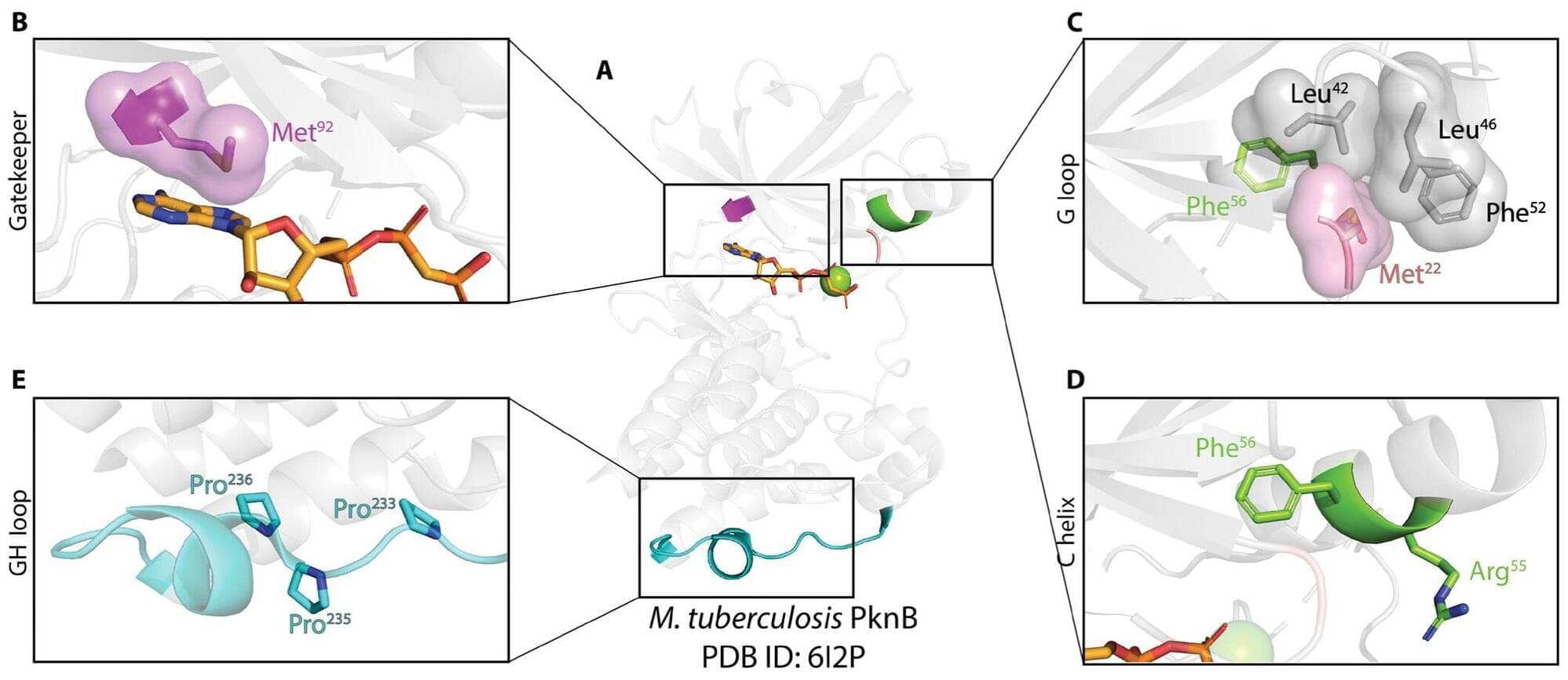Patients with bronchial asthma suffer from attacks of shortness of breath caused by constricted airways. “Anti-inflammatory medications are usually given to treat this, although it isn’t quite clear how inflammation and constriction correlate,” says Professor Daniela Wenzel, head of the Department of Systems Physiology in the Faculty of Medicine at Ruhr University Bochum.
“These medications often stop working at a certain point.” Furthermore, asthma patients often experience a thickening of the bronchial tissue due to the accumulation of collagen. Goblet cells also form in increasing numbers, producing mucus and making breathing even more difficult. Currently, there is no medication to counteract these changes.
